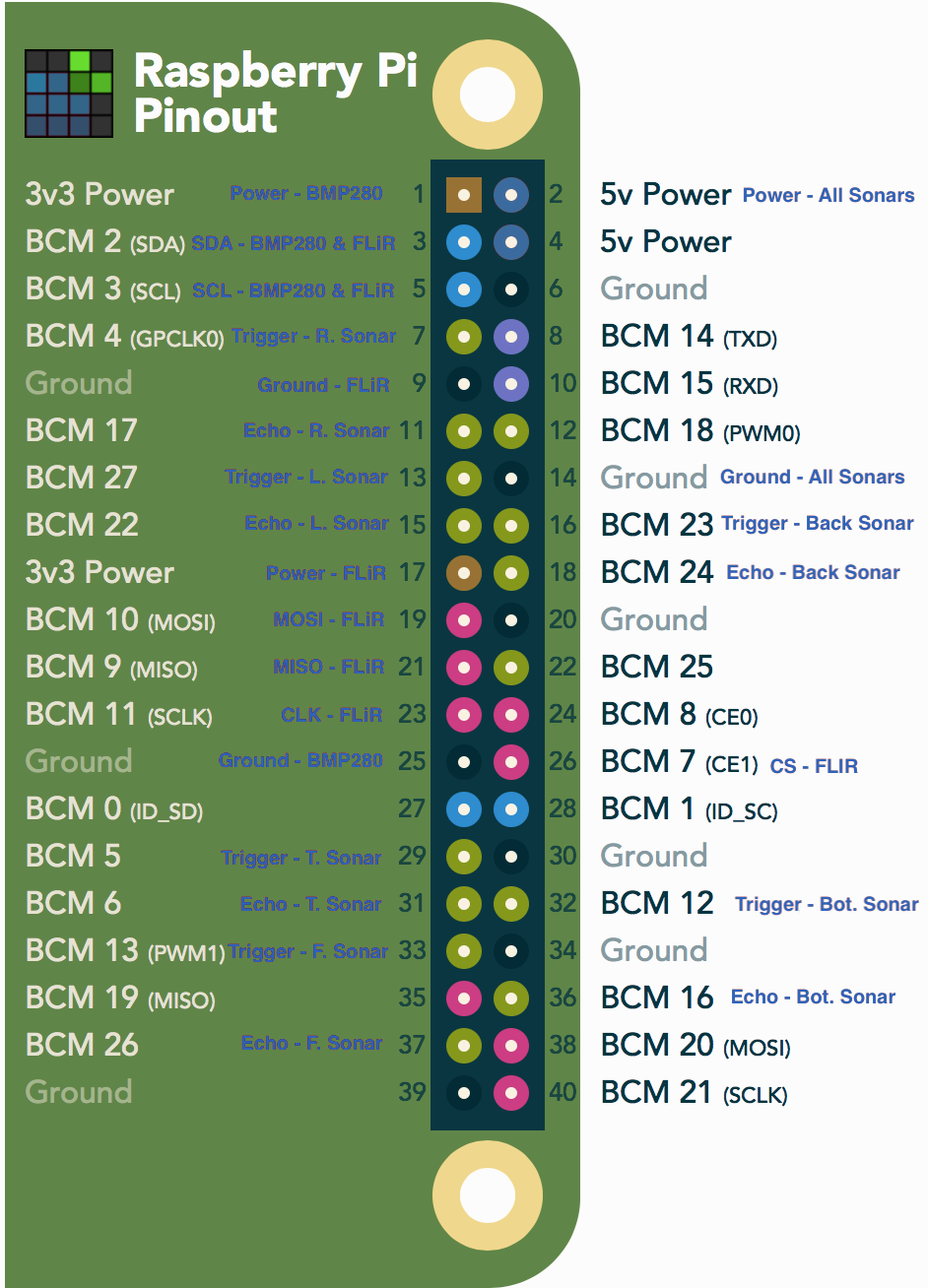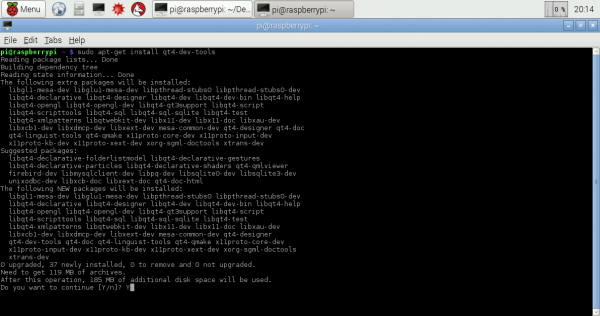




The example in this tutorial uses the code from this repository. Lepton Module GitHub Repo - Library, Example Code, & Design Files.Mike's Electric Stuff: Reverse-Engineering the FLiR Lepton(R).Now that you're successfully retrieving LWIR images from the Lepton module, you can dig into the example code and apply it to your own project!įor more information, check out the resources below: In fact, what are we waiting for? Let me give you the tour. Imagine using something like OpenCV to track, not just color centroids, but heat centroids! That’s right, you could be building heat-seeking robots right in your own home! When it comes to robotics, thermal cameras are especially useful heat detectors because the image that they produce (by virtue of being, well, an image) can be processed using the same techniques and software as visible light images. Also, because of its ability to produce an image without visible light, thermal imaging is ideal for night vision cameras. Thermal imaging of this type is often used in building inspection (to detect insulation leaks), automotive inspection (to monitor cooling performance), and medical diagnosis. By measuring this resistance, you can determine the temperature of the object that emitted the radiation and create a false-color image that encodes that data. Microbolometers are made up of materials which change resistance as they’re heated up by infrared radiation. The sensor inside the FLiR Lepton is a microbolometer array. Electromagnetic spectrum with visible light highlighted.


 0 kommentar(er)
0 kommentar(er)
